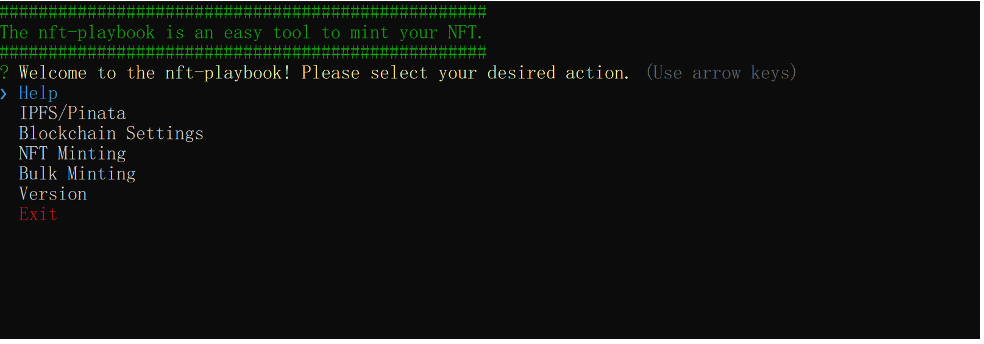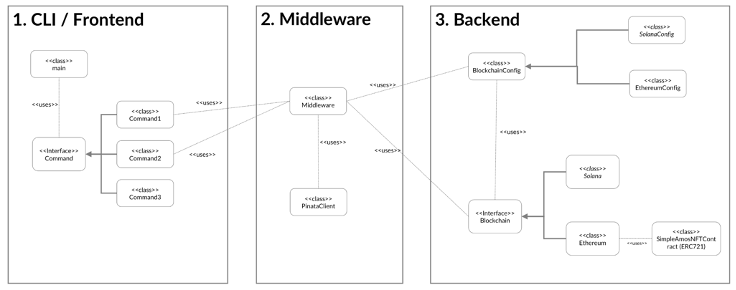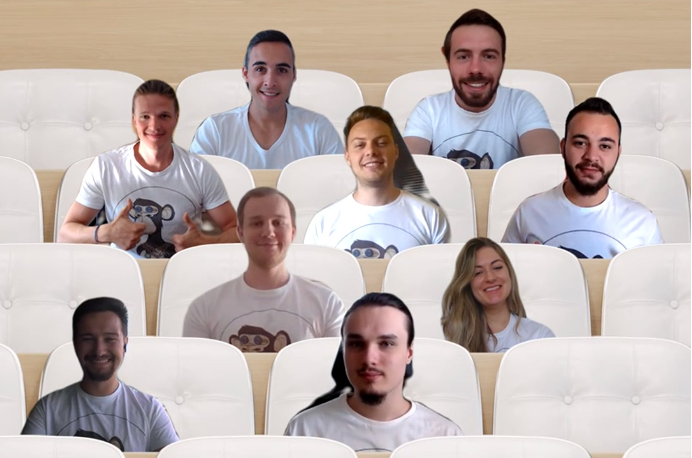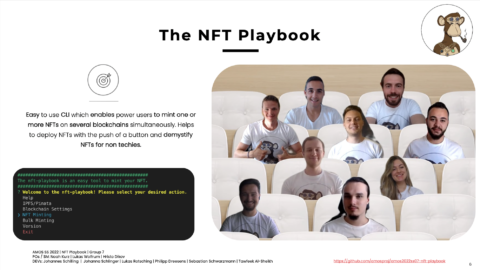Results of NFT Playbook AMOS Project with Siemens (Video and Report, Summer 2022 Project)
This project is one of eight Scrum projects with industry partners that were part of the Summer 2022 AMOS Projects. Below please find the video (you may also like the other videos) and the project summary which details the final result of the project. We run these projects every semester, so please be in touch if you would like to motivate one of your own!
Project Summary
| Project name | NFT Playbook |
| Project mission | We believe that NFTs have a great potential for companies, artists and private persons. Nevertheless, NFTs are currently either seen as nerdy gadgets or rocket science. With this product, we want to change that. We want to demystify NFTs by enabling enthusiasts to create NFTs with the least possible effort to focus on their particular use case, not having to think about the NFT creation process itself. Through this, we reach increasing acceptance and distribution of the technology. In the end, we want to make the world a tiny bit better, for example, by ensuring digital property rights and enabling identification in a decentralized manner without being dependent on an administering instance. |
| Industry partner | Siemens Blockchain Lab |
| Team logo |  |
| Project summary | We created a CLI tool which is able to mint multiple NFTs on Solana and Ethereum simultaneously. Our tool has two main functions: 1. Minting a single NFT through manual input and 2. Minting multiple NFTs by creating a JSON file that is read by the tool Both is possible with the least possible effort for the user. We also integrated the possibility to upload files to IPFS through a service called Pinata. |
| Project illustration | Insights into our tool Overview over our Architecture Overview over our Architecture |
| Team photo |  |
| Project repository | https://github.com/amosproj/amos2022ss07-nft-playbook |
| Additional information | Unfortunately, we were not able to integrate the Flow Blockchain due to early architecture choices. This also led to our biggest learning: To take more time in the beginning to choose the right architecture/ frameworks to work with. |

